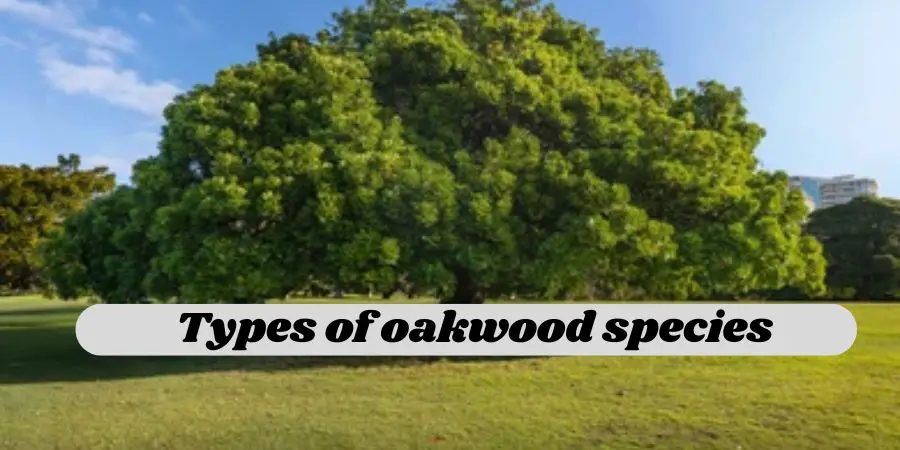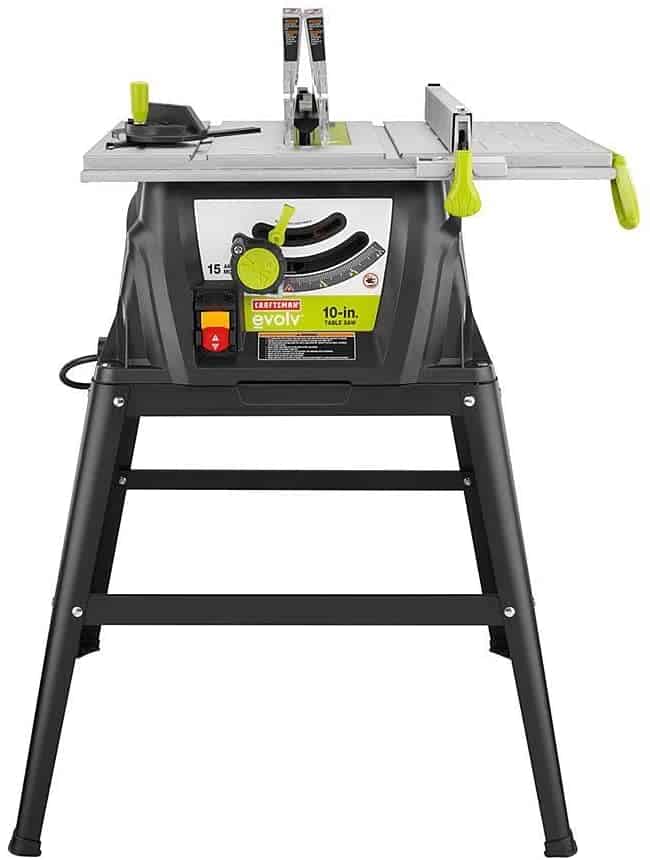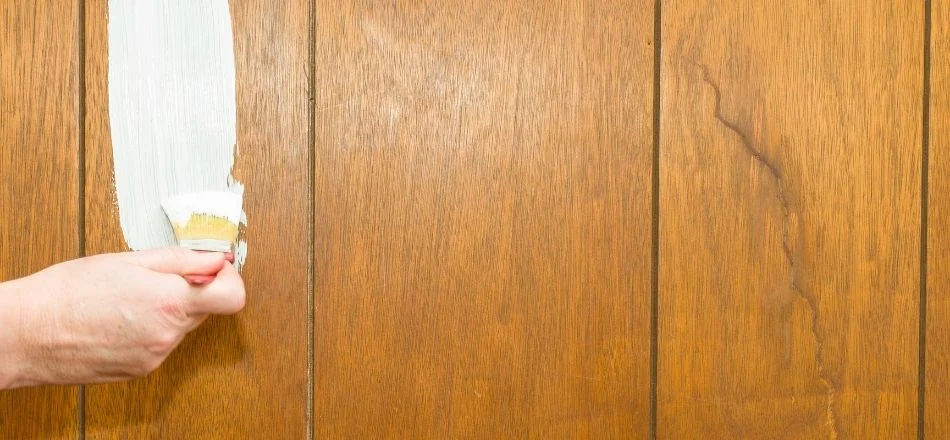In this blog, we will tell you what man-made wood is, what it’s made of, how it can be used, and why it’s so popular these days.
What is man-made wood?
Man made woods are made out of waste mode materials like sawdust and wood grains that we get after working on a wood project.
That’s to say man-made woods are environmentally friendly.
Because it’s a process of making waste wood a renewable resource, which helps keep the environment clean.
Furthermore, being made out of dust and wood grains they are extremely affordable than real natural woods.
Also, they are readily available, unlike real woods which come from trees and take years to get perfect timbers.
Multiple types of man-made woods range in quality and price, and price varies with the quality.
What are some types of man-made wood?
Since there are loads of woods titled the same “man-made wood” taking a look at them will surely benefit to understand.
So here are some of the most popular woods.
- Plywood

- Chipboard

- Medium – Density Fibreboard (MDF)
- Blockboard

Blockboard consists of two layers of plywood glued together under high pressure, with a core of wooden strips or blocks.
Advantages of man-made wood.
- Versatility
Versatility with these woods is beyond. The timbers of every size, shape, quality, thickness are readily available to be fit for a range of woodworking projects.
Easy to work- working with these woods is relatively easy even for beginners. Easy to cut, no knots to bear, and they don’t require any sanding since timbers already have a smooth surface.
- Last-long
These woods come in high grades as well, slightly overpriced yet stable and durable to last for years.
- Cost-effective
Compared to natural woods, a wood project made out of man-made wood costs a little.
- Absorbs paint well
These woods come up with a flat surface, meaning there are no knots or whatsoever which makes the applied stain last longer.
- Environmental-friendly
Since these woods are made out of waste wood products, thus are environmentally friendly.
- No weather-effects
High-quality man-made woods are well resistant to moisture, humidity, and temperature. Regardless of how rough the circumstances may be, they will not expand or warp.
- Less heavy
Furniture or any wood project made out of these woods is lighter than natural woods.
Disadvantages of man-made wood.
- Some Woods are difficult to work with-
Although most of these woods are easy to work with. The highly tagged wood pieces are generally difficult to work, so a stronger saw is required.
- Contain VOC
The process of manufacturing involves a lot of chemicals as adhesive, thus there emerge some toxic gases when exposed to high temperatures.
- Low quality
Unless you purchase the highest grade of wood available such as HDF, LVL, etc. The low-quality woods have a very low durability scale, meaning they will expand or wrap quickly when exposed to moisture or humidity.
Why have man-made woods become popular?
A decade before, the man-made woods weren’t as high-qualitative as they are today.
These woods have indeed proved to be more durable, stronger than many natural kinds of wood.
The fact that it takes less time to prepare timber in a factory than to wait for trees to grow takes years, these are very affordable and readily available.
So the durability and the cheap rates of man-made woods are one the important factors which made them popular. Many of them are well resistant to water and can last longer in humid areas.
Even many natural kinds of wood cannot match man-made wood, except for a few ones like maple, walnut, these are really stronger than any man-made wood.
Usages of man-made wood.
Since they are created from people’s needs, manufactured woods are versatile.
Consequently, the types of wood nowadays that are available fill up the gaps of being durable, water-resistant, strong, flexible, etc.
Whatever the needs are, there would be a type of man-made wood that would fit the bill perfectly.
Flooring
Man-made flooring is the most practical use these days. The type of floor is popular due to the durability it offers that lasts for years, so homeowners don’t need to worry about the floor buckling.
If you spend more money to buy durability in man-made wood, then you get a floor that will surpass in durability your old floor made of softwoods.
Siding
Sliding is also one of the top uses of these materials. There are a few advantages that come along.
For instance siding with man-mode is cost-effective than using natural woods. Also, the products are dependable which means if it needs to be more water-resistant, thickness needs to be specific, or whatever the project fits well.
you can ask suppliers to get the one just right.
Ceiling
Using manufactured wood for the ceiling might not be the cheapest option. But still, it’s another common application.
A ceiling made from these woods is more durable than one made of other softwoods. Additionally, they protect the ceiling from bugs by using anti-pest drugs.
Subfloor
Underfloors are generally made of plywood, which is the most common type. Obviously, the price depends on the type of plywood, but it’s still a cheaper alternative for many people.
Easily installed to floor joists, this flooring provides you with a tamper-resistant power base for your finished flooring. Once the installation is complete, you can install hardwood or any other type of flooring.





